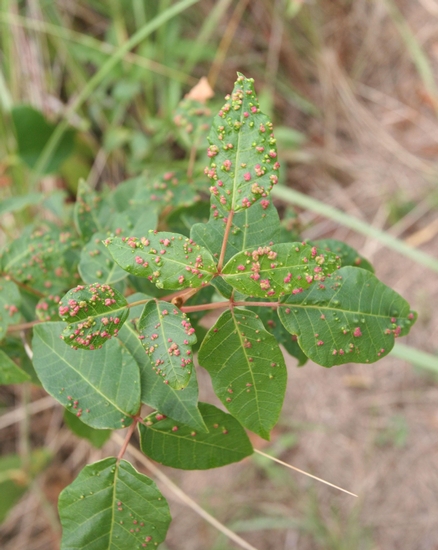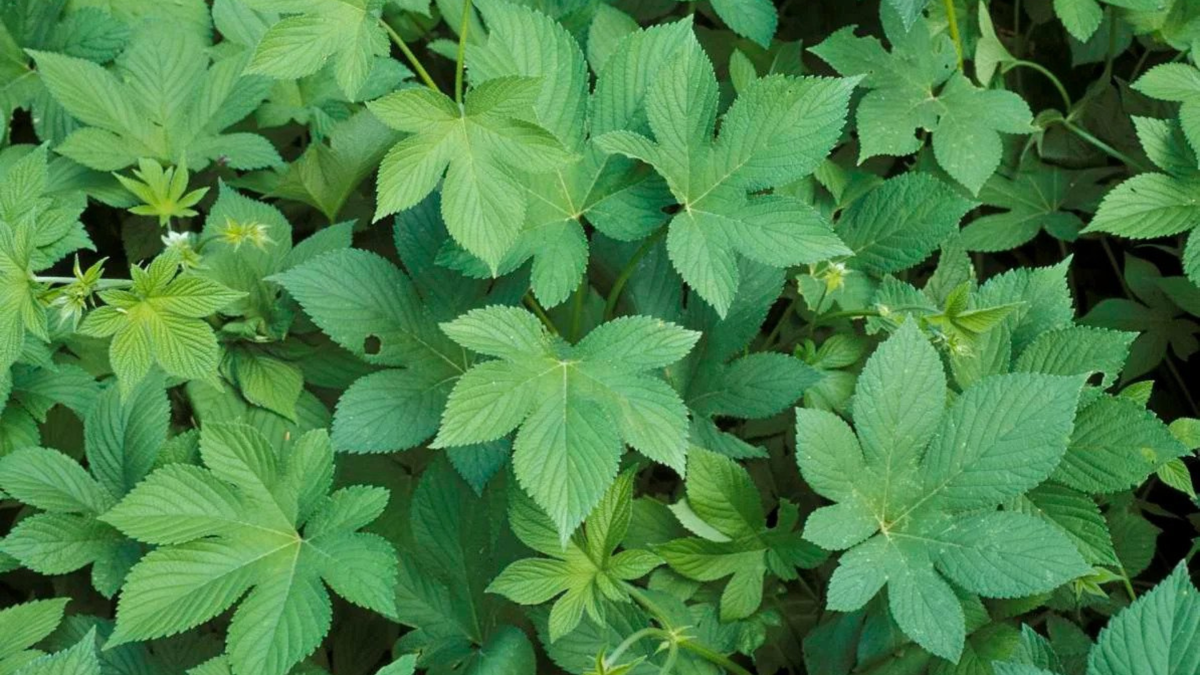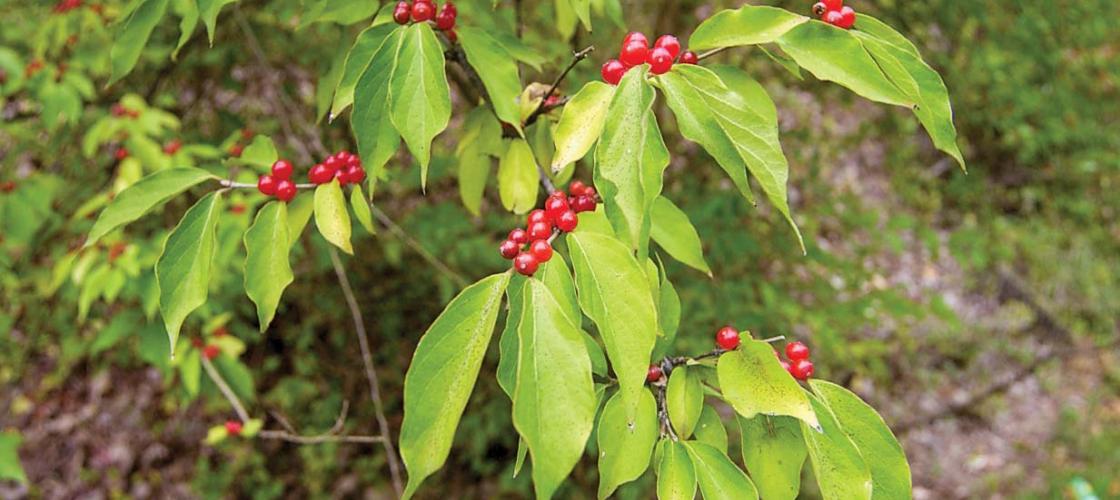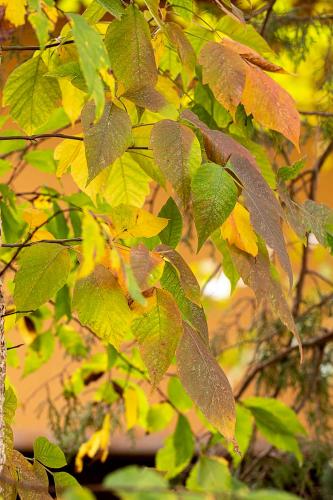
Poison Ivy Missouri Department of Conservation
4.6 (92) In stock

4.6 (92) In stock
Poison ivy is a toxic vine that climbs to 60 feet high, trailing or climbing by aerial roots. Sometimes it appears as a low, upright shrub. Leaves are alternate, compound, with 3 leaflets (“leaves of 3, let it be”) that are variable in size and shape; the end (center) leaflet has a stalk ½–1¾ inches long, which is longer than the stalks on the other 2 leaflets; side leaflets have unequal sides. Leaflets take on different textures and hues as the season progresses; they turn red, orange, or yellow in fall. Stems are light brown, hairy, with raised pores, climbing by aerial rootlets. Stems trail until they find support; lacking support, they assume an erect, shrublike posture with single stems. Flowers May–June, with clusters 1–4 inches long on new growth of stems. Flowers are small, greenish white, and fragrant. Fruit ripens August–November, berries in grapelike clusters, persistent, about ¼ inch across, creamy white, waxy, globe-shaped, usually smooth. Similar species: Eastern poison oak (T. pubescens) is a closely related species. It occurs in low-nutrient, sandy or rocky soils, such as in glades, openings of dry upland forests, sand prairies, sand savannas, and roadsides, but it is uncommon and limited to the southern part of the Missouri Ozarks and the northern part of the Bootheel Lowlands (extreme southern and southeastern Missouri). Poison oak does not climb and does not produce aerial roots, and its leaflets usually have 3–7 deep, relatively rounded lobes, so the leaflets resemble the leaves of white or blackjack oak. The berry-like fruits have inconspicuous hairs. There is a plant called “poison sumac,” but although some people have used that name for Missouri species, it technically belongs to a plant that does not occur in Missouri. True poison sumac (T. vernix) has feather-compound leaves with 7–13 leaflets whose margins are entire (lack teeth or lobes); it occurs in swamps and bogs to the east and north of our state. Three other common Missouri plants are often mistaken for poison ivy: Fragrant sumac (Rhus aromatica) has 3-parted leaves, but the terminal leaflet lacks the distinct stalk found in poison ivy, and the berries are reddish and fuzzy. Box elder (Acer negundo) has leaves with 3–7 leaflets, but the leaves are opposite on the stem rather than alternate as in poison ivy. Virginia creeper (Parthenocissus quinquefolia) climbs like poison ivy, but it usually has 5 leaflets instead of 3, and it has blue berries. (Seedling virginia creeper plants may have only 3 leaflets, however.)

Poison Ivy // Mizzou WeedID

Conservation department combats invasive species ahead of summer

Woodbine Missouri Department of Conservation

Invasive and Nuisance Species Missouri Department of Conservation

Missouri Dept of Conservation

DEEP Forestry – Poison Ivy ID

Poison ivy can be difficult to identify even for avid outdoors men

Poison Ivy Camping Missouri

Poison Ivy Missouri Department of Conservation

Missouri Dept. of Conservation

POISON IVY -- It's one of nature's most irritating plants

Pale-Flowered Leaf Cup Missouri Department Of Conservation, 44% OFF

Bubbles - Missouri Poison Center, bubbles